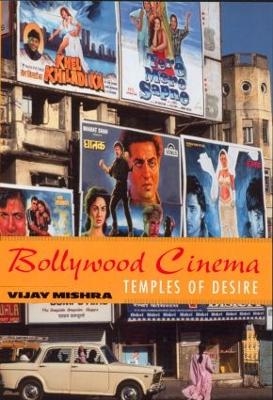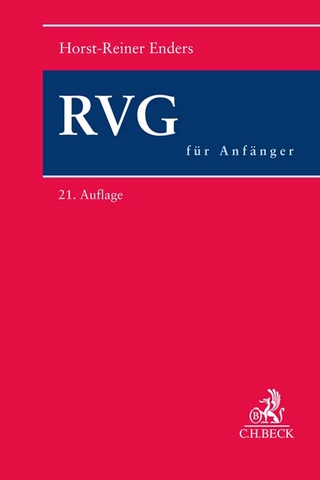
Bollywood Cinema
Temples of Desire
Seiten
2001
Routledge (Verlag)
978-0-415-93015-4 (ISBN)
Routledge (Verlag)
978-0-415-93015-4 (ISBN)
Mishra argues that Indian film production and reception is shaped by the desire for national community and a pan-Indian culture. He examines this through the dual methodologies of postcolonial studies and film theory.
India is home to Bollywood - the largest film industry in the world. Movie theaters are said to be the "temples of modern India," with Bombay producing nearly 800 films per year that are viewed by roughly 11 million people per day. In Bollywood Cinema, Vijay Mishra argues that Indian film production and reception is shaped by the desire for national community and a pan-Indian popular culture. Seeking to understand Bollywood according to its own narrative and aesthetic principles and in relation to a global film industry, he views Indian cinema through the dual methodologies of postcolonial studies and film theory. Mishra discusses classics such as Mother India (1957) and Devdas (1935) and recent films including Ram Lakhan (1989) and Khalnayak (1993), linking their form and content to broader issues of national identity, epic tradition, popular culture, history, and the implications of diaspora.
India is home to Bollywood - the largest film industry in the world. Movie theaters are said to be the "temples of modern India," with Bombay producing nearly 800 films per year that are viewed by roughly 11 million people per day. In Bollywood Cinema, Vijay Mishra argues that Indian film production and reception is shaped by the desire for national community and a pan-Indian popular culture. Seeking to understand Bollywood according to its own narrative and aesthetic principles and in relation to a global film industry, he views Indian cinema through the dual methodologies of postcolonial studies and film theory. Mishra discusses classics such as Mother India (1957) and Devdas (1935) and recent films including Ram Lakhan (1989) and Khalnayak (1993), linking their form and content to broader issues of national identity, epic tradition, popular culture, history, and the implications of diaspora.
Vijay Mishra is Professor of English and Comparative Literature at Murdoch University, Perth, Australia. He is author of The Gothic Sublime.
Preface A Note on Transliteration 1. Inventing Bombay Cinema 2. Melodramatic Staging 3. The Texts of Mother India 4. Auteurship and the Lure of Romance 5. The Actor as Parallel Text: Amitabh Bachchan 6 Segmenting/Analyzing Two Foundational Texts 7 Cinema After Ayodhya: The Sublime Object of Fundamentalism 8. Cinema and Diasporic Desire Filmography Photographs Bibliography
| Erscheint lt. Verlag | 10.1.2002 |
|---|---|
| Verlagsort | London |
| Sprache | englisch |
| Maße | 152 x 229 mm |
| Gewicht | 590 g |
| Themenwelt | Kunst / Musik / Theater ► Film / TV |
| Geisteswissenschaften ► Geschichte | |
| Recht / Steuern ► EU / Internationales Recht | |
| Recht / Steuern ► Privatrecht / Bürgerliches Recht ► Berufs-/Gebührenrecht | |
| Sozialwissenschaften ► Kommunikation / Medien ► Medienwissenschaft | |
| Wirtschaft ► Volkswirtschaftslehre | |
| ISBN-10 | 0-415-93015-4 / 0415930154 |
| ISBN-13 | 978-0-415-93015-4 / 9780415930154 |
| Zustand | Neuware |
| Haben Sie eine Frage zum Produkt? |
Mehr entdecken
aus dem Bereich
aus dem Bereich
Bürgerliches Recht, Handelsrecht, Gesellschaftsrecht, …
Buch | Softcover (2024)
Franz Vahlen (Verlag)
39,80 €
mit Gerichtskostengesetz, Gesetz über Gerichtskosten in …
Buch | Softcover (2024)
dtv Verlagsgesellschaft
15,90 €


